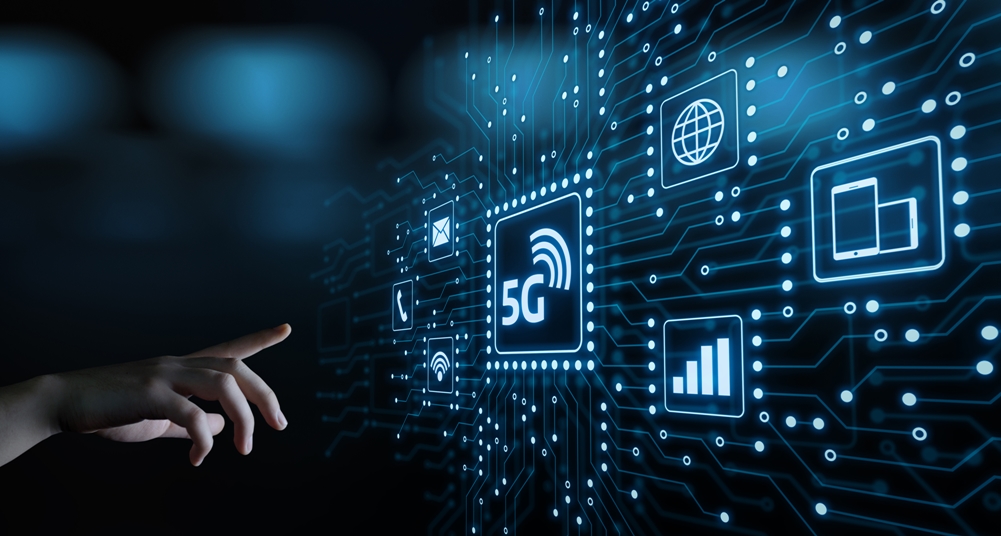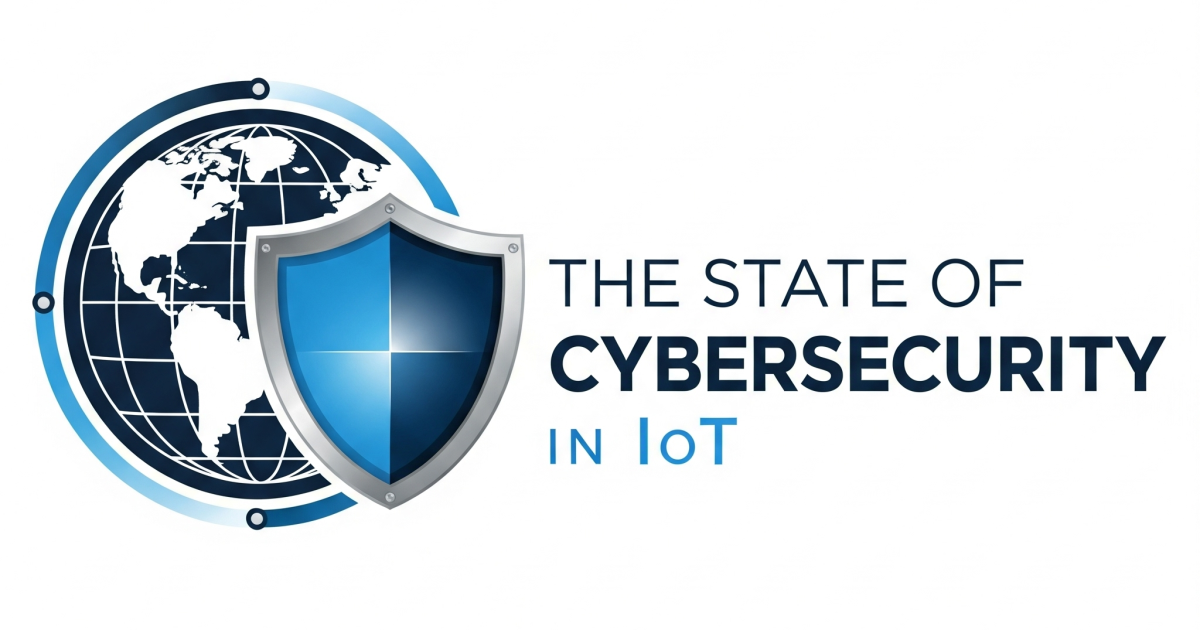
At the end of 2019, 5G networks covered only a small proportion of the U.S. and few people had devices that could take advantage of 5G connectivity. Carriers have rolled 5G out in a handful of metropolitan markets, both for mobile networks and for fixed wireless broadband services. At the end of 2020, the situation will be very different.
All major mobile carriers are working on bringing 5G to a wider population. Verizon will expand its 5G service to many more areas over the next year. AT&T expects its 5G network to have nationwide reach within the next few months. There is speculation that Apple’s next iPhone will include 5G support, and many Android phones already include 5G cellular modems.
5G brings three significant improvements over 4G: faster data transfers, lower latencies, and reduced power requirements. The revolutionary nature of these advances may not strike you immediately. Faster mobile broadband is a good thing, but 4G is already fast—will 5G make much of a difference to our lives and businesses?
Thinking of 5G is a minor evolution is a mistake, especially for business leaders, for whom 5G will be of strategic importance. Why? Let’s debunk a couple of the most pervasive myths about 5G.
5G Isn’t Only a Big Deal For Consumers
5G data transfer is a lot faster than 4G. How much faster depends on the network and how many people are using it, but the average consumer can expect flawless streaming and high-speed downloads. If you’re thinking that you can’t imagine needing faster data than you already have, you’re missing the point.
First, new capabilities inspire new applications. If you can already stream movies at an acceptable quality to your phone, 5G won’t make change your movie viewing experience, but it will make new applications possible, including much improved augmented and virtual reality, better gaming, real-time healthcare monitoring, and many other applications that depend on a data-rich environment.
Second, increased network capacity doesn’t just mean better transfer speeds for individual consumers. It also allows more devices to connect at the same time. Contention issues affect many 4G users in big cities. Almost two-thirds of 4G users report connectivity issues from overloaded networks. Mobile networks simply don’t have the capacity to support everyone who wants to connect. 5G offers excellent performance for many more devices than 4G.
5G Isn’t All About Faster Phones
Faster mobile connectivity for smartphones and tablets is positive, but the 5G boost will be felt most strongly in industry and sectors such as manufacturing, logistics, self-driving vehicles, and healthcare.
It might appear that the Internet of Things (IoT) has exploded in recent years, but in reality, network limitations have impeded its progress. Earlier, we said there were three main advantages to 5G: faster data transfer, lower latency, and lower power consumption. For the IoT, high latency and power consumption have been a challenge. No one would trust a “smart” traffic management system with huge latencies. 5G reduces latencies tenfold, making real-time IoT applications a reality.
5G will drive advances across a wide range of technologies with applications throughout industry. 5G powered networks of smart devices will deliver the data that machine learning technologies require. Low-latency high-bandwidth devices will fuel the growth in smart cities, autonomous vehicles, robotics, and much more.
Business leaders need to understand that 5G brings changes that go far beyond faster mobile broadband. As 5G rolls out across the country over the next few months, there are opportunities for business leaders who can see the changes that ubiquitous low-latency, low-power connectivity will bring to markets and businesses across the U.S.
About the Author: Dean Madison is the president of TD Madison & Associates. The company is founded on the principle of providing a more predictable approach for evaluating the culture, strategic fit and qualifications of potential candidates for key senior level positions within the cable and telecom industries. Follow them on Twitter @TD_Madison.
Edited by
Ken Briodagh





